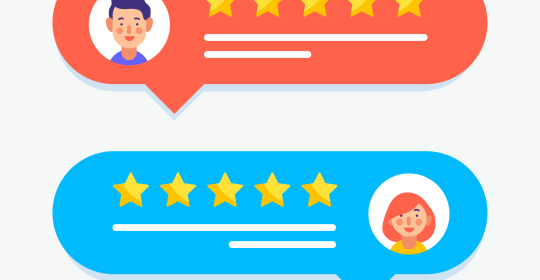Aon’s 2018 Benefits and Trends Survey cited employee engagement as one of the top two challenges for employers, alongside retention. Employers also said the third biggest challenge was improving employee participation with their benefits.
Jerry Edmondson, strategic communications and engagement proposition leader at Aon, said:
“With the right people strategy and benefits programmes, employers can really help create an environment where employees are more engaged with their work – and the organisation is more likely to achieve its objectives. But as part of driving this high-level ‘macro’ engagement, it’s important to make sure people are engaged with those benefits programmes – otherwise they’re costing money but not adding value. We believe effective communication is an important connection between benefits engagement and employee engagement.
“Good benefits engagement happens when employees understand, value and are proactive about their benefits. It’s not about a single log-in to the benefits portal – in an ideal scenario, employees change the way they interact with the benefits available to them – potentially becoming healthier, less stressed and more engaged. But although 99% of organisations (Aon Benefits & Trends Survey 2018) see increasing benefits engagement as important, there’s less consensus about how to go about doing it. That’s why we have devised this best-practice guidance – to help employers achieve the best benefits engagement possible.”
The ten steps in Aon’s Benefits Engagement Guide are:
- Draw up a strategy. With only 25% of UK companies defining strategic objectives for their benefits, it’s not surprising that it’s hard to see certainties or success. Creating objectives is not hard to do and once in place, it’s simpler to monitor engagement levels closely and make relevant improvements.
- The best way to deliver a comprehensive benefits package that meets business and employee objectives is to listen. Learn about employee wants, concerns and overall feedback. Engagement is a reciprocal process.
- Tell a compelling story to create genuine connection. This helps make a memorable point and leaves a lasting impression. Employees need to know what the company is offering and why.
- Take advantage of technology. People are exposed to new communication channels in media outside the workplace, and there’s no reason why businesses should not talk to their employees in the same way. A multi-channel approach, including digital channels, will come across more familiar and user-friendly.
- Stand out from the brand. It’s common for benefits to sit under their corporate brand, but that means they can get lost. A separate brand can communicate that the benefits are about people and their needs, so can help reduce apathy and get them get involved.
- Identify the champions. Think of all the grassroots campaigns that companies run – perhaps diversity, equality and inclusion or mental health awareness. Their commonality is often the colleagues who champion the cause in visible, everyday ways, sharing stories where they can. Choose champions at all different job levels, across departments.
- Budget to communicate. The average HR department spends only 4% of its benefits management budget on communication, although 42% are willing to invest more money to improve communications (Aon Benefits & Trends Survey 2018). Benefits are a significant investment, so it’s frustrating when employees don’t value or understand them. Generally, it’s because not enough thought or investment has gone into communicating benefits in the best way for employees.
- Don’t let them forget about benefits. A once-a-year message at renewal is not enough; there needs to be a plan to sustain benefits engagement throughout the year. Pick strategic moments to remind employees about the offerings and value.
- Make it relevant and personal. Using focus groups, surveys, and demographic data, employers can not only select the best benefits for company and employees, but also how to market them. For instance, if there is a large amount of late-career employees approaching retirement, they may favour financial benefits and advice. Do remember that it’s about communicating with individuals with specific needs, so avoid generic or irrelevant messaging.
- Keep it simple. If a benefits platform is difficult to access or messaging is too complicated, employees will not engage. They won’t be interested in digging through reams of information about their benefits that’s in HR-speak. Categorising benefits on types such as ‘health’, ‘finance’ or ‘family’ can help make it easier for employees to find what they want.
A webinar will take place on the 19th June to discuss the Guide and its practical applications.






